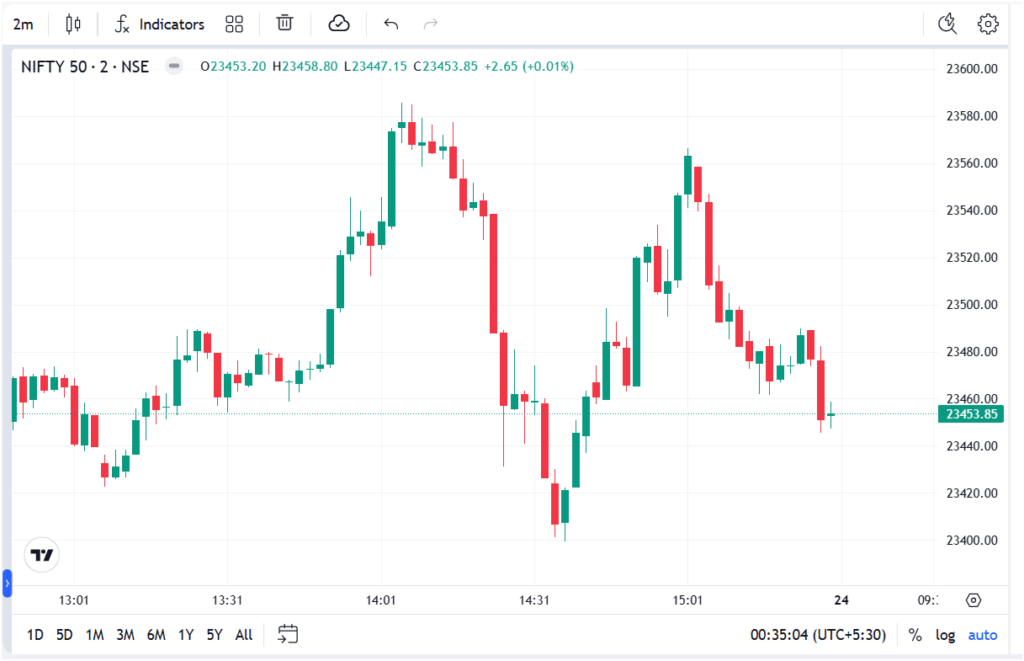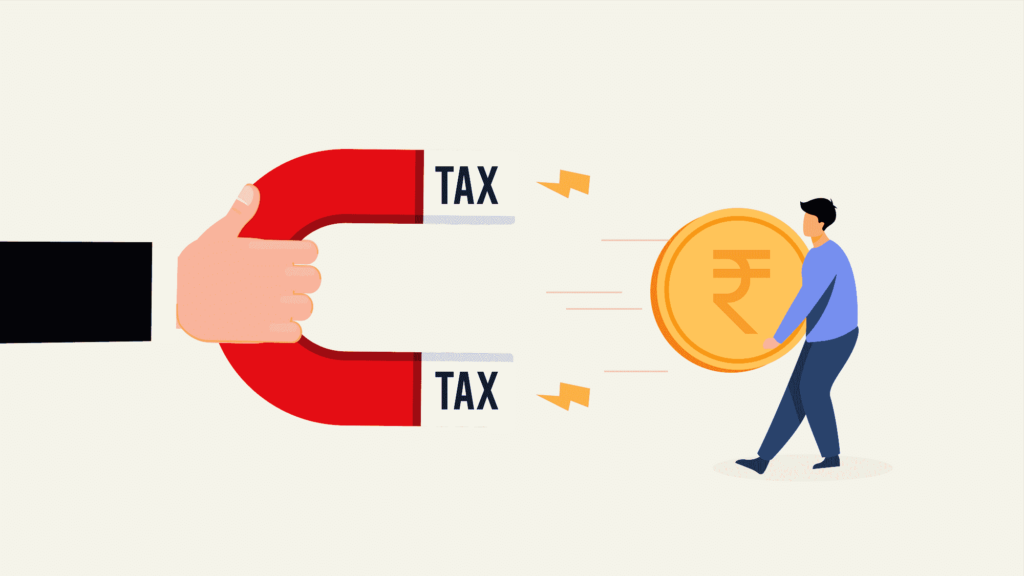
Introduction
Indian Government’s Plan for 30% Tax on Futures and Options Trading
Indian Government’s Plan for 30% Tax on Futures and Options Trading, The Indian government is planning to introduce significant changes to the tax treatment of income from futures and options (F&O) trading in the upcoming Union Budget. These changes aim to discourage retail participation in derivatives trading and increase the overall tax revenue. Additionally, there is a possibility of introducing a tax-deductible-at-source (TDS) mechanism for F&O transactions. This article explores the details of these proposed changes, their potential impact on traders and investors, and the broader implications for the Indian financial market.
Table of Contents
Understanding Futures and Options
Before diving into the proposed tax changes, it is important to understand what futures and options are. Futures and options are types of derivative contracts that derive their value from underlying assets such as stocks, commodities, or indices.
- Futures Contracts: These are agreements to buy or sell an asset at a predetermined price on a specified future date. Futures contracts are standardized and traded on exchanges.
- Options Contracts: Options give the holder the right, but not the obligation, to buy (call options) or sell (put options) an asset at a predetermined price within a specific period.
These financial instruments are popular among traders for hedging risks and speculating on price movements. However, they also involve significant risks and require a deep understanding of market dynamics.
Do check the various financial calculation tools on https://isahayata.com/
The Government’s Proposal
The Indian government, in the upcoming Union Budget, is expected to propose a 30% tax on income from F&O trading. This move is part of a broader strategy to regulate the derivatives market, discourage excessive speculation, and increase tax revenue.
Reasons Behind the Proposal
- Revenue Generation: The government aims to enhance its revenue collection by taxing the profitable F&O segment. Given the high volumes of trading in derivatives, a 30% tax can generate substantial revenue.
- Market Regulation: The government intends to bring more regulation and transparency to the F&O market, which is often perceived as less regulated compared to other market segments.
- Discouraging Retail Participation: By imposing a higher tax, the government aims to discourage retail investors from engaging in high-risk derivatives trading, promoting more stable and long-term investment strategies.
Introduction of Tax-Deductible-at-Source (TDS)
In addition to the 30% tax, Finance Minister Nirmala Sitharaman may propose the introduction of a tax-deductible-at-source (TDS) mechanism for F&O transactions. This means that a certain percentage of the transaction value will be deducted at the source as tax, making tax collection more efficient and reducing the scope for tax evasion.

Impact on Traders and Investors
Immediate Concerns
The proposed tax changes have raised several immediate concerns among traders and investors:
- Reduced Profit Margins: Traders, especially those involved in high-frequency trading, are worried that the new tax will significantly reduce their profit margins. The competitive nature of trading means that even a small increase in costs can have a considerable impact.
- Shift in Trading Patterns: To avoid the high tax, traders might shift their focus from F&O trading to other financial instruments or markets with lower tax burdens. This could lead to reduced liquidity and trading volumes in the F&O segment.
- Increased Compliance Costs: With the introduction of TDS, traders will face increased compliance and reporting requirements, adding to their operational costs and complexity.
Long-Term Implications
While the immediate concerns are valid, the long-term implications of the proposed tax changes are also significant:
- Market Stability: By discouraging excessive speculative activities, the tax could lead to a more stable and resilient financial market. This can benefit long-term investors and the overall economy.
- Diversified Investment Strategies: Traders may diversify their investment strategies, leading to a more balanced and less volatile market. This can promote healthier market dynamics and reduce systemic risks.
- Increased Government Revenue: The additional revenue generated from the tax can be used for public welfare and development projects, contributing to the country’s economic growth and development.
Industry Reactions
The proposal for a 30% tax on F&O trading and the introduction of TDS has received mixed reactions from various stakeholders in the financial industry.
Supporters
- Regulatory Authorities: Regulatory authorities and policymakers support the tax as it aligns with their goals of increasing market transparency and reducing excessive speculation.
- Long-Term Investors: Long-term investors and institutional investors view the tax as a positive step towards creating a more stable and less volatile market environment.
Critics
- Traders and Brokers: Traders and brokers are among the most vocal critics of the proposed tax. They argue that it will reduce liquidity, increase costs, and make the Indian market less competitive compared to global counterparts.
- Market Analysts: Some market analysts believe that the tax could drive traders to offshore markets, leading to a loss of trading volumes and revenue for Indian exchanges.
Global Perspective
Comparing India’s proposed tax on F&O trading with similar policies in other countries provides valuable insights. Many developed markets have their methods of taxing financial transactions and derivatives trading.
United States
In the United States, profits from F&O trading are considered capital gains and are taxed accordingly. The tax rates vary depending on whether the gains are short-term or long-term.
European Union
Several countries in the European Union have implemented a financial transaction tax (FTT) on derivatives trading. The rates and scope of these taxes vary across different member states.
Asia-Pacific Region
In the Asia-Pacific region, countries like Japan and Australia also tax derivatives trading, but the rates and regulations differ. These markets aim to balance revenue generation with maintaining a competitive trading environment.
Alternatives and Recommendations
Given the mixed reactions and potential challenges associated with the proposed tax changes, it is worth exploring some alternatives and recommendations:
Gradual Implementation
The government could consider a gradual implementation of the tax. This approach would allow traders and the market to adjust to the new tax regime without causing significant disruptions.
Lower Tax Rate
Instead of a flat 30% tax, the government could introduce a lower tax rate for F&O trading. A lower rate might still achieve the desired goals of revenue generation and market regulation while minimizing the adverse impact on traders.
Incentives for Long-Term Investment
To promote long-term investment and reduce speculative trading, the government could offer tax incentives for investors who hold their positions for longer periods. This could help in achieving a more stable market environment.
Enhanced Compliance and Reporting
In addition to the tax, the government could focus on enhancing compliance and reporting requirements for F&O trading. This would improve transparency and regulation without imposing a heavy tax burden on traders.
Conclusion
The Indian government’s proposal to impose a 30% tax on futures and options trading and introduce a tax-deductible-at-source (TDS) mechanism is a significant move aimed at regulating the market, discouraging retail speculation, and increasing tax revenue. While these changes have sparked diverse reactions across the financial industry, balancing the immediate concerns with the long-term benefits of a more stable and regulated market is crucial.
By considering alternative approaches and recommendations, the government can achieve its objectives while minimizing the adverse impact on traders and the overall financial market. As the discussions around this tax proposal continue, it is essential for traders, investors, and policymakers to stay informed and engaged in the debate. The ultimate outcome will shape the future of F&O trading in India and its role in the country’s financial ecosystem.




Pingback: Quant Mutual Fund Under SEBI Scrutiny: Investor Concerns, and the Road Ahead #1